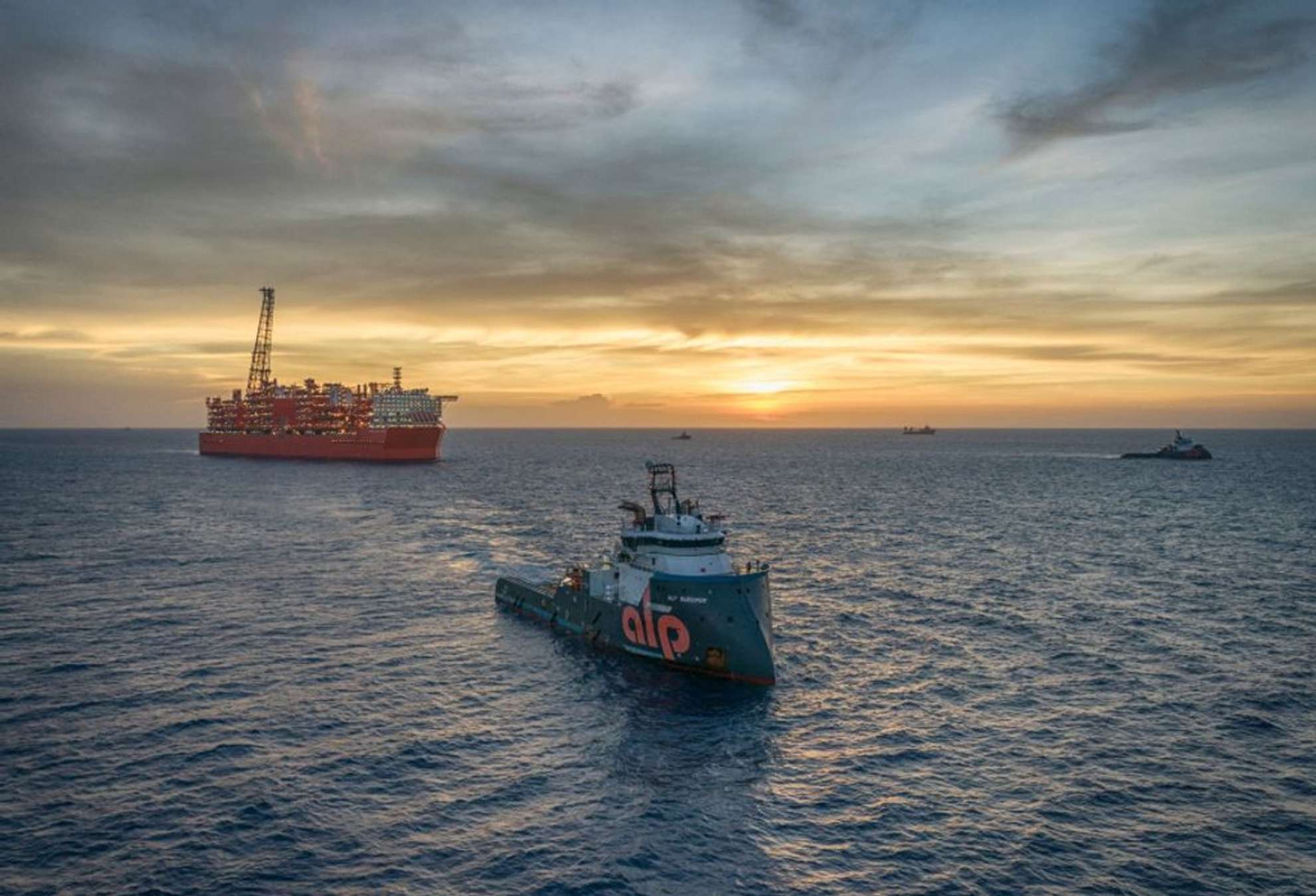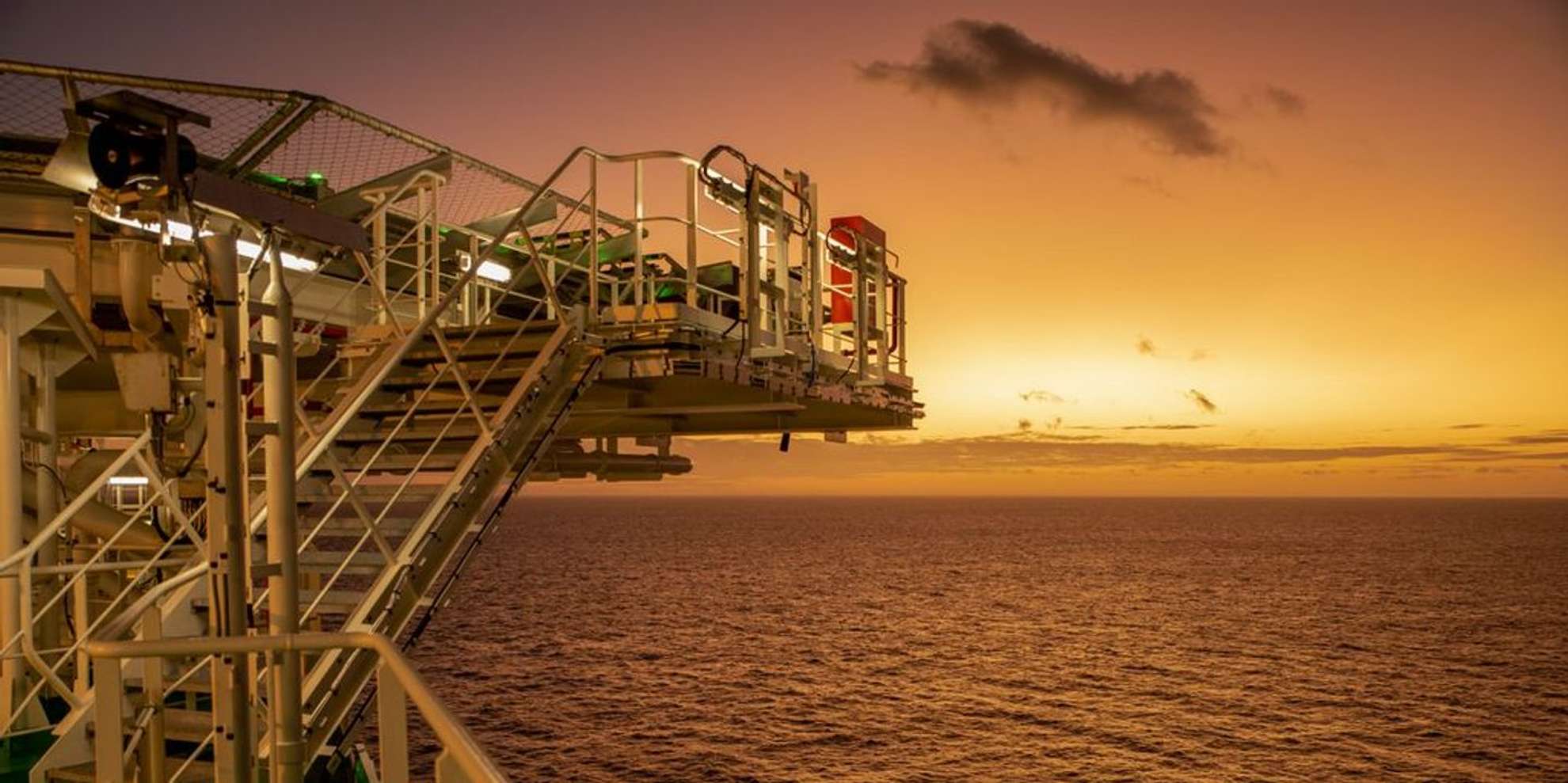A global gas market towards the energy transition
Liquefied Natural Gas (LNG) will support the diversification of energy sources along the path to decarbonisation

emitted compared to coal for the same amount of energy
coal
CO2
natural gas
CO2 = Carbon dioxide
emitted compared to coal
coal
SO2
natural gas
SO2 = Sulfur dioxide
emitted compared to coal
coal
NOx
natural gas
NO2 e NO3 = Nitrogen dioxide and trioxide
emitted compared to coal
coal
Particulate matter
natural gas
Particulate = microscopic substances suspended in the air which - due to their size - are inhaled causing health risks
The LNG advantage
11 kWh
energy contained in one cubic metre of natural gas
6,820 kWh
energy contained in one cubic metre of LNG
Natural gas is a key energy source to accompany the technological development process along the path to decarbonisation. Although it is a fossil hydrocarbon, it releases about half the carbon dioxide emissions of coal for the same amount of energy produced, and is much less chemically polluting.
The natural gas liquefaction process allows the specific volume of gas to be reduced by about 600 times compared to standard conditions, making it possible to achieve competitive costs for storing and transporting large amounts of energy in considerably smaller spaces. LNG is transported a long distance from the production site by sea in LNG seas tankers thanks to efficient thermal insulation; the tanks are built to maintain a range of temperatures and pressures from around -160 °C in one atmosphere to -110 °C in 20 atmospheres.
The flexibility offered by ship transportation makes it possible to expand the gas market beyond areas connected to the place of production via pipelines, making it more global, in a similar way to what happens with oil. As a result, a hydrocarbon with an exclusively local or regional market (depending on pipelines connecting the place of production with the place of consumption) is transformed into an energy carrier which is potentially available worldwide.



